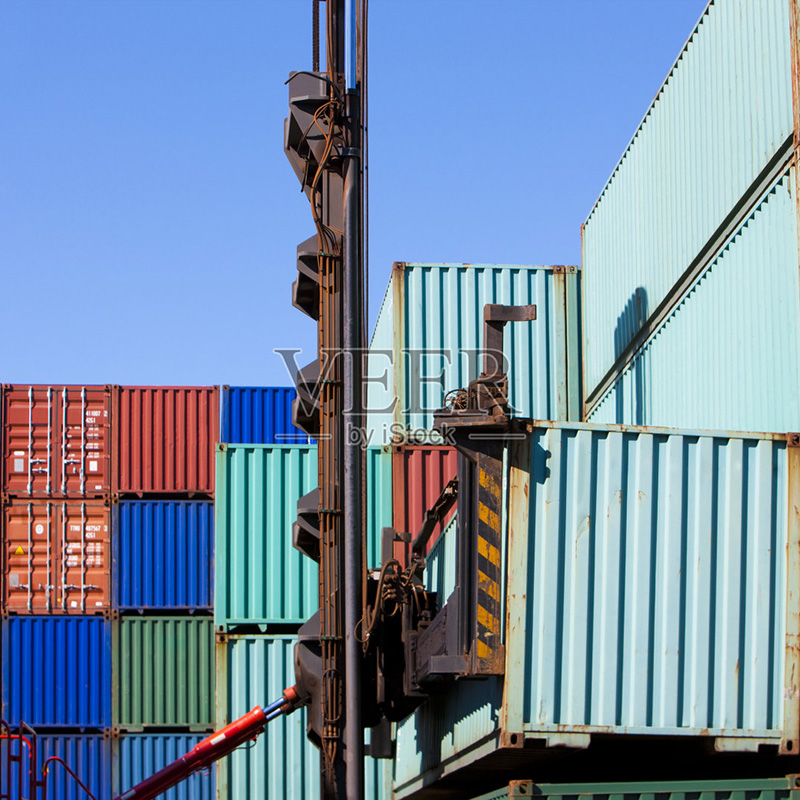What is the impact on supply chains? With 30% of global container trade passing through the Suez Canal, the Red Sea shipping crisis is upending supply chains. This is compounded by the ongoing shipping disruptions caused by blockages in the Panama Canal, which is experiencing one of the region’s worst droughts since the 1950s. “The lengthening of supplier delivery times acts as an adverse supply shock. The rerouting of ships around Africa’s Cape of Good Hope equates to a roughly 30% increase in transit times, and this implies an approximately 9% reduction in effective global container shipping capacity,” said Nora Szentivanyi, a Senior Economist at J.P. Morgan.
Already, several Europe-based auto plants have announced temporary production shutdowns due to delays in obtaining car parts from Asia. Auto component makers — particularly those with high revenue exposure to exports from China to Europe and the U.S. — have also been affected. Air Cargo Tariff

“The crisis is testing the resilience of the auto supply chain, particularly for new-energy vehicles (NEVs), which are a key part of China-Europe trade. This is because China mainly exports NEVs to Europe, which are usually carried by sea,” said Jose Asumendi, Head of the European Automotive team at J.P. Morgan. “Depending on the situation in the region, shipping times and prices may change throughout the year. Traffic in the Red Sea may remain low for the foreseeable future.”
How is this affecting shipping costs? “While several aggregate measures of container shipping costs are now two-and-a-half to three times of their early December levels, prices along routes that typically go through the Suez Canal — particularly from Asia to Europe — have surged nearly five-fold. Costs from China to the U.S. have also more than doubled,” Szentivanyi noted.
Indeed, ocean spot rates — one-time fees that shippers pay to transport a load at current market pricing — have soared in light of the Red Sea shipping crisis. During the week of January 25, spot rates from China to the U.S. West Coast and East Coast saw a significant spike of ~140% and ~120% respectively compared with November 2023.
“Spot rates have seen a sharp increase, though the extent to which this will feed into contracted rates is unclear. So far, there appears to be no resolution in sight, with Suez transits showing no recovery,” said Samuel Bland, who covers European Transport and Logistics at J.P. Morgan. While the largest impact so far has been along Asia–Europe shipping lanes, costs along other routes could also rise as capacity is redirected. This could exacerbate if shipping orders are rolled forward in anticipation of lengthening delays.
As a result, retailers that rely heavily on sea freight could feel the pinch. “Most retailers within our coverage hedge their freight exposure and have locked in rates to more normalized levels for at least the first half of 2024. However, freight partners did in some cases renegotiate contracted rates down, meaning that upward renegotiations could be possible in the current scenario,” said Georgina Johanan, Head of European General Retail at J.P. Morgan.
Looking ahead, shipping costs may remain elevated for some time yet. “The longer the duration of these disruptions, the more likely shipping rates will stay elevated — if not increase further,” Szentivanyi noted. “The one potential silver lining is that there remains an excess supply of container ships globally, and many that were ordered during the pandemic continue to enter service. Thus, it appears likely that once the disruptions are over, shipping rates could lower fairly quickly.”
Will the Red Sea shipping crisis fuel inflation? The increases in shipping costs are likely to pass through into imported goods prices with a lag, depending on both the duration and intensity of the Red Sea shipping crisis. This could rekindle inflation concerns as a result.
However, cyclical factors could either mitigate or reinforce the upward pressure on prices. For instance, during a period of weaker consumer demand, a greater portion of shipping costs could be absorbed by profit margins rather than reflected in higher final output prices.
“As global goods disinflation has been the primary driver of lower inflation around the world, the recent reductions in global shipping capacity, at the very least, risk interrupting the disinflationary trend. At worst, they will push traded goods prices higher for a period of time,” Szentivanyi said. “While we do not expect a rise anywhere near as large as the COVID-era shock, even a modest rebound in goods inflation could render global core CPI inflation sticky around the 3% mark, especially if services inflation stays stuck above central bank targets as we project.”

Sea Freight Cargo Overall, J.P. Morgan Research estimates the disruptions could add 0.7 percentage points to global core goods inflation, and 0.3 percentage points to overall core inflation, during the first half of 2024 if the recent jump in container shipping costs persists. However, much of this impact will likely not be felt until late in the first quarter or early in the second quarter. “If sustained, there could also be a hit to global industry on the downside. This reinforces our concerns that global industry is starting off 2024 weak and could struggle to post even a modest 1–2%ar (annual rate) gain in the first half of the year,” Szentivanyi added. Source: J.P. Morgan